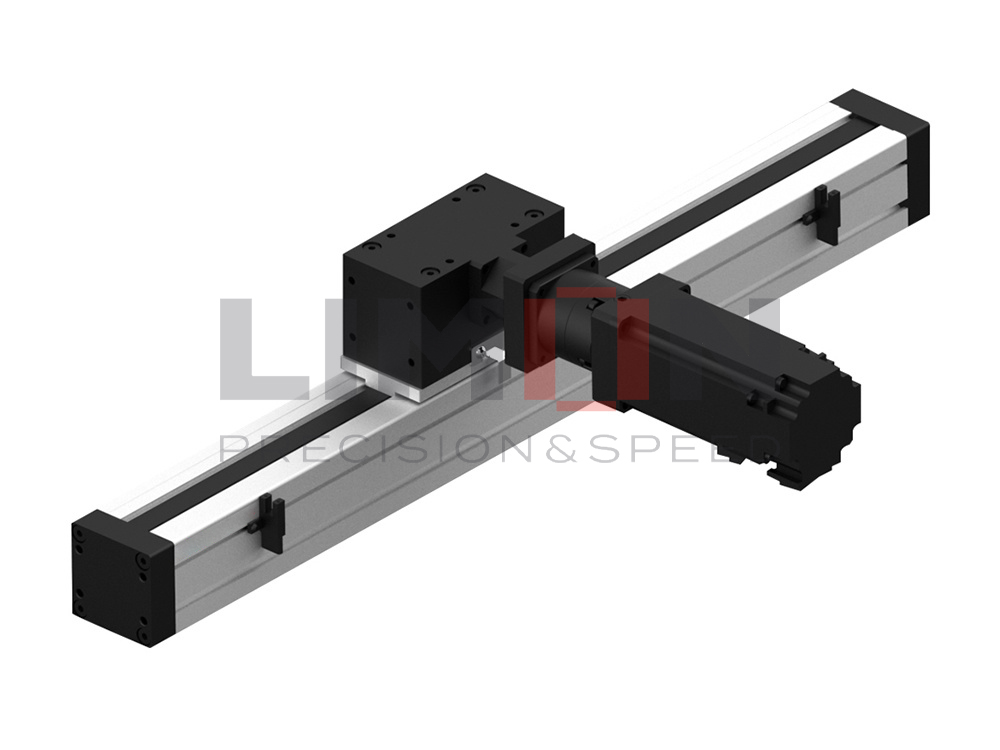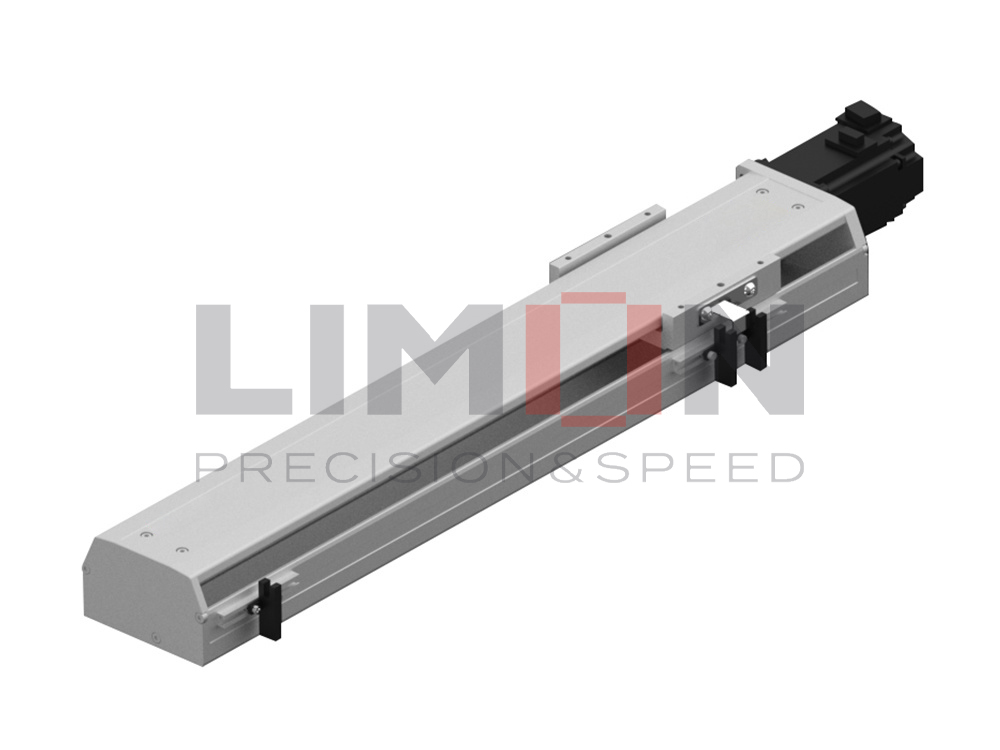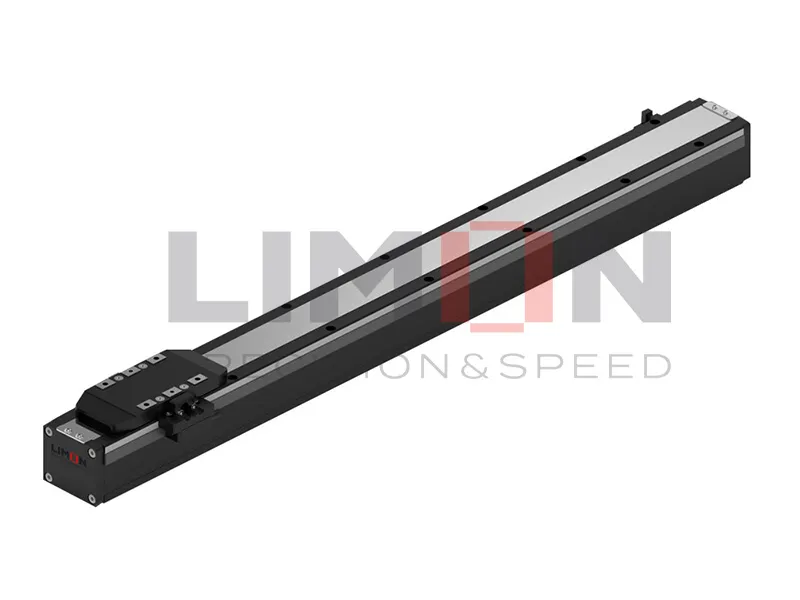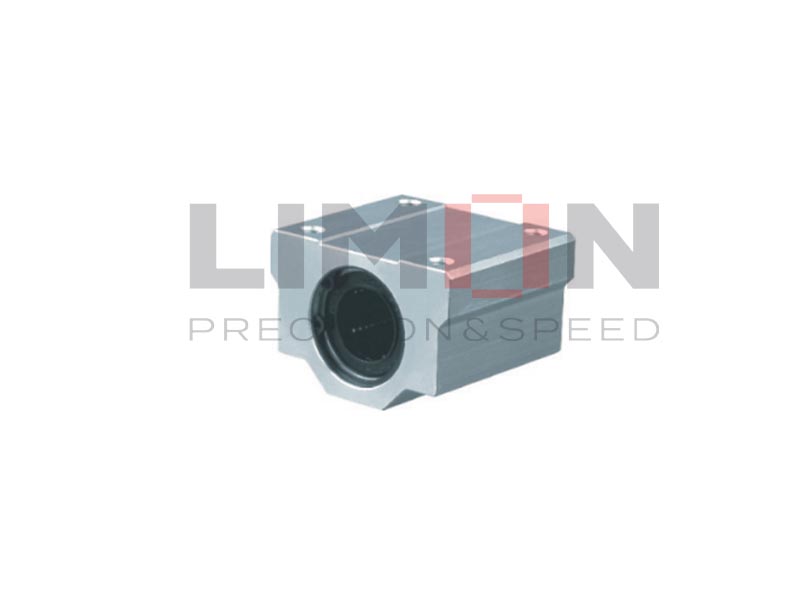Understand Your Load Requirements
The first step in choosing the right ball screw is to assess the load requirements of my application. I consider both the static and dynamic loads that the ball screw will encounter during operation. For instance, if I need to support heavy machinery, I opt for a ball screw with a higher load capacity. On the flip side, lighter applications can afford to use smaller screws. Understanding these needs upfront helps narrow down my options.
Determine the Required Precision
Precision is another critical factor in my selection process. Depending on the application, I may require a ball screw that provides high accuracy for tasks like CNC machining. I often refer to the screw’s lead accuracy specifications and look for features like zero-backlash designs if my work demands it. Ensuring the right precision level helps minimize errors in my operations.
Assess Speed and Efficiency
Speed is vital in many of my applications. I assess the required linear speed of the ball screw and match it with a suitable screw pitch. A finer pitch allows for greater precision but may reduce speed, while a coarser pitch offers higher speeds at the cost of accuracy. It’s crucial to strike the right balance based on my operational requirements.
Consider Environmental Factors
I also take into account the environment in which the ball screw will operate. Factors like temperature, humidity, and exposure to contaminants can significantly affect performance. For example, if I’m working in a harsh environment, I tend to choose ball screws that come with protective features, such as seals and coatings, to enhance durability. Understanding these environmental conditions allows me to select a ball screw that can withstand the challenges it will face.
Look for Quality and Reliability
Quality is non-negotiable in my decision-making process. I always research reputable manufacturers known for their reliability and customer service. Investing in a high-quality ball screw may come with a higher initial cost, but the long-term benefits of durability and reduced maintenance make it worthwhile. I often check reviews and testimonials to gauge the reputation of potential suppliers.
Conclusion: Making the Right Choice for Your Ball Screw Needs
In conclusion, choosing the right ball screw for my application requires careful consideration of load requirements, precision, speed, environmental factors, and quality. By taking these elements into account, I can make an informed decision that ensures optimal performance in my machinery. If you’re facing a similar challenge, I encourage you to conduct thorough research and consult with suppliers to find the best ball screw for your specific needs.




